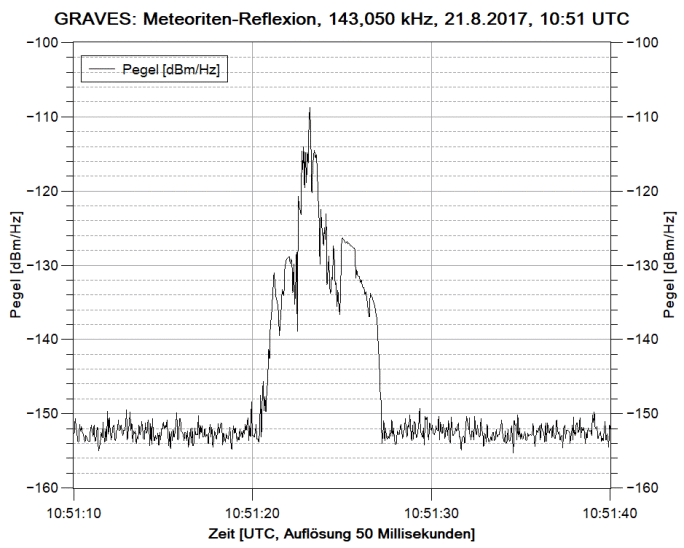TechMinds: Detecting Meteors With Software Defined Radio
In his latest video Matt from the TechMinds YouTube channel has shown how it's possible to detect the RF echoes of meteors falling in the earths atmosphere which a software defined radio.
The concept is relatively straightforward. Meteors falling in the atmosphere generate an RF reflective ionized trail, which is highly reflective to RF. In the UK where Matt lives, the Sherwood Observatory of the Mansfield and Sutton Astronomical Society (MSAS) have set up a meteor detection beacon "GB3MBA" which transmits an 80W CW signal at 50.408 MHz.
When tuned to this frequency with an SDRplay RSPdx SDR, Matt shows how the shifted reflections of meteors can be seen as blips around the beacon's carrier frequency. What is also seen are reflections from aircraft which show up as longer doppler shifted lines. Matt notes that if you live within 200km of the beacon a simple dipole antenna is sufficient, however any further might require an antenna system with more gain like a Moxon or Yagi.
We note that in Europe a similar beacon called the GRAVES space radar in France which operates at 143.050 MHz can be used.
